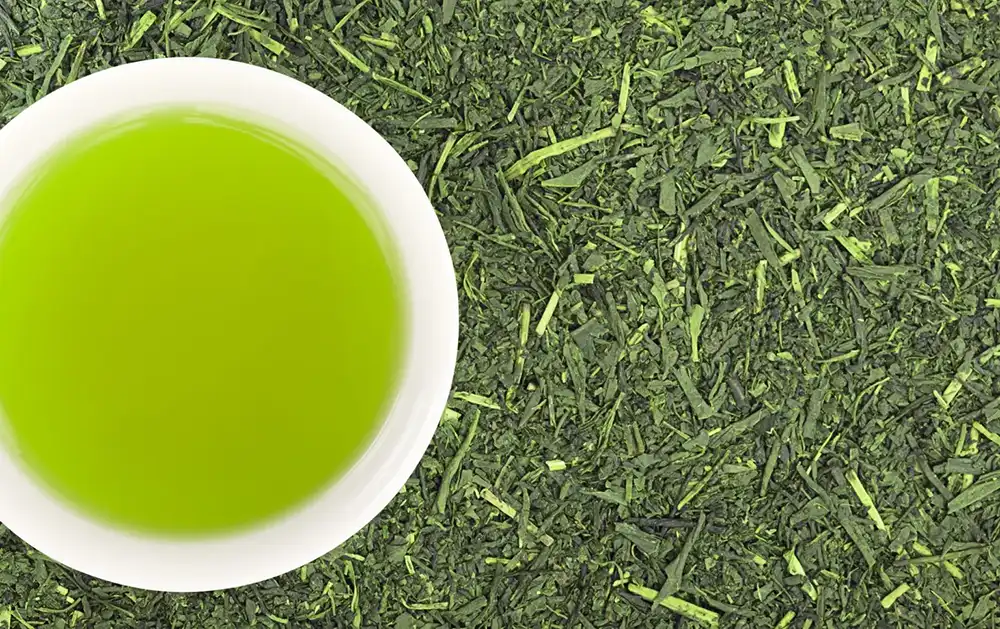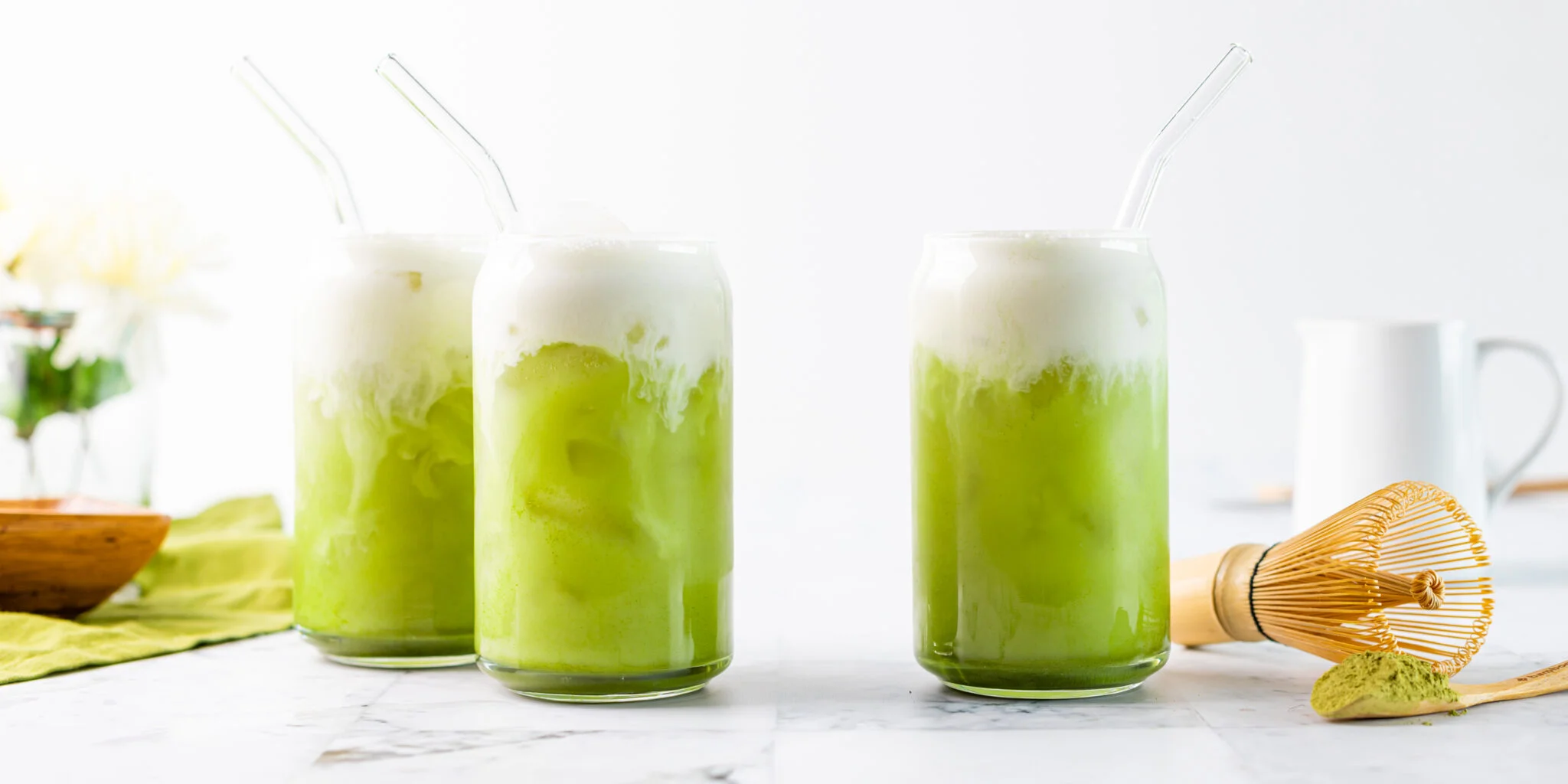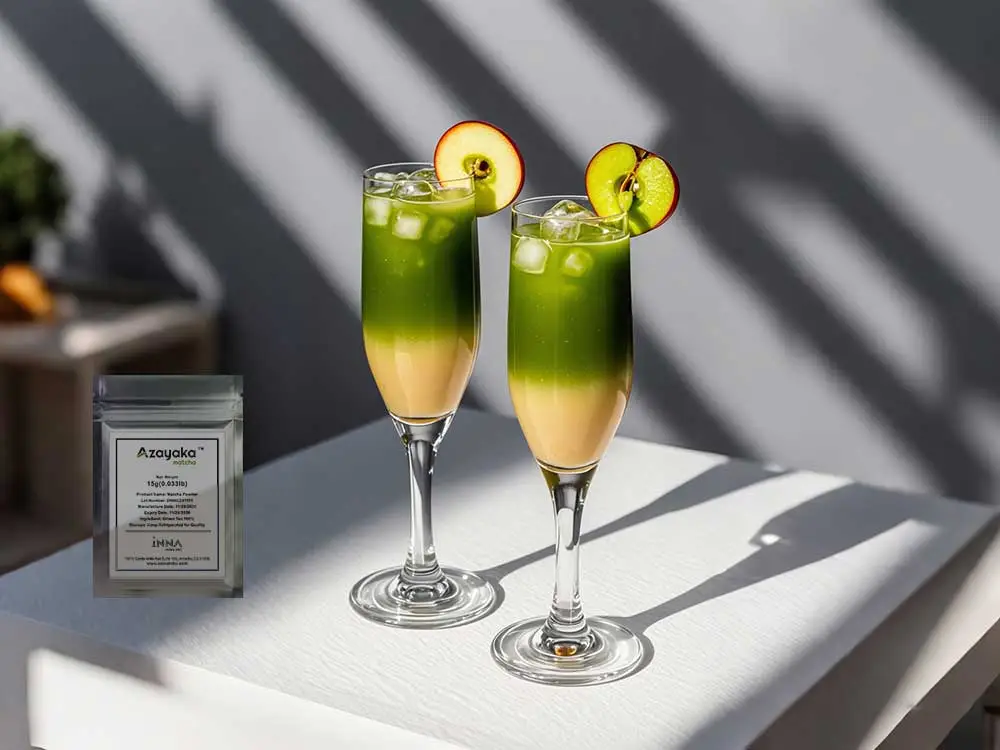7 Ways to Enjoy Amazing Matcha Tea
What is Matcha Tea?
Matcha tea is a highly concentrated, uniquely vibrant green tea that often comes in powdered form. This powder is created by finely grinding condensed dried green tea leaves. Matcha is recognized not only for its distinctive color but also for its umami (distinctively pleasant and savory) flavor, which is partly due to its high content of the amino acid theanine.
Despite its origins in ancient China, matcha has been widely consumed and celebrated in both Asian and non-Asian cultures. It is most commonly known as the green tea used in Japanese tea ceremonies. Japanese Zen monks have also used it to enhance alertness because of its uniquely high caffeine content.
Nutritional Benefits of Matcha Tea

Dietitian Julia Zumpano, RD, LD, emphasizes that matcha tea packs a significant nutritional punch. When compared to most other teas, matcha tea offers unique health benefits:
- Polyphenols: These micro-nutrients aid in weight maintenance or loss due to their positive effects on metabolism. They also support digestion and may help manage diabetes, neurodegenerative, and cardiovascular diseases.
- Catechins: A type of polyphenol that is particularly beneficial for heart health, memory, skin, and may help prevent cancer.
- L-theanine: This amino acid reduces stress and anxiety, enhances focus, and boosts immunity.
- Antioxidant flavonoids: Matcha tea contains 137 times more antioxidant catechins than many other green teas. Antioxidants protect cells from damage, which can help prevent disease.
- Chlorophyll: This pigment promotes the production of red blood cells, aids in toxin absorption, and has anti-aging properties.
Choosing Quality Matcha
Matcha can be enjoyed in various ways, and a little goes a long way due to its savory flavor and nutrient-dense profile. Quality matcha is easily detectable by its vibrant green color and delicate flavor. Higher-grade matcha is typically more expensive due to meticulous production methods that preserve its hue and complex flavor.
Higher-grade matcha is dried in the shade rather than sunlight, resulting in a more vibrantly green hue. More expensive matcha also uses younger leaves formed at the top of the plant, which give it a much more delicate flavor. Therefore, higher-quality matcha is best enjoyed simply as tea. Be sure to check labels to avoid low-quality matcha with food coloring.
Matcha Grades and Uses
When shopping for matcha, it’s important to know what you’re getting. The type of matcha you should buy depends on how you plan to use it, Zumpano says.
- Cooking/Culinary Grade: The least expensive but still suitable for cooking. It may be slightly more bitter due to its production from lower leaves on the tea plant or the timing of harvest.
- Premium Grade: Made from young tea leaves from the top of the tea plant, ideal for daily matcha tea drinking or cooking.
- Ceremonial Grade: This highest-quality matcha is finely ground into a powder by granite stone mills and is often used in Japanese tea ceremonies and Buddhist temples.
Creative Ways to Use Matcha
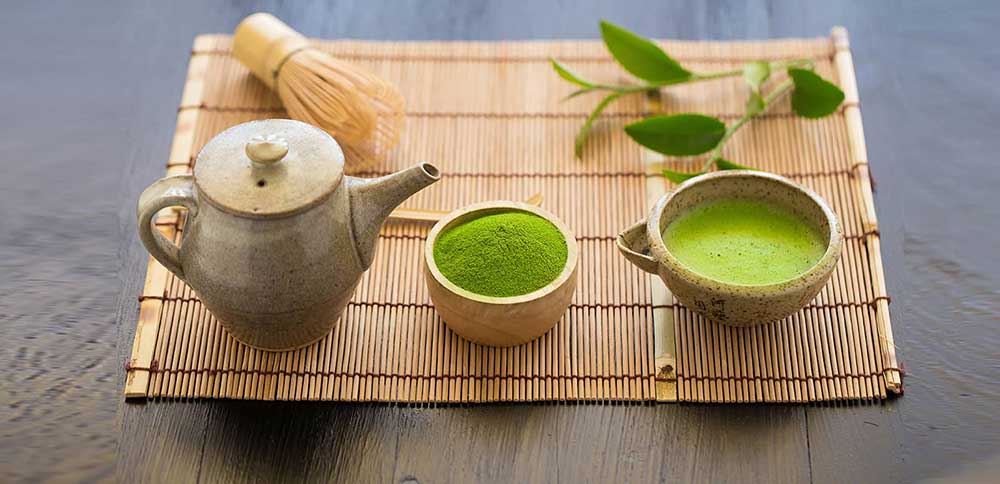
When you’re not looking for high-grade matcha tea for daily drinking, Zumpano shares some creative recipes that incorporate this healthy, savory green tea powder.
- Matcha Smoothie: Add matcha powder to your favorite smoothie recipes or try blending it with spinach, almond milk, and your favorite fruit for a creamy, smooth way to get a dose of antioxidants.
- Matcha Chia Seed Pudding: Combine chia seeds with almond or coconut milk, mix in matcha, and top with fruit, nuts, or coconut.
- Matcha Soup: Add matcha to homemade soups, especially cucumber and asparagus soup recipes, to deepen the flavor.
- Matcha Guacamole: Sprinkle matcha into your homemade guacamole for a tastier, richer flavor.
Other Ways to Enjoy Matcha
Matcha can be added to various dishes and drinks, including:
- Spicy tofu scramble
- Granola and oatmeal recipes
- Morning coffee to enrich the flavor
- Popcorn (with a sprinkle of salt)
- Ice water (add a scoop)
- Coco-matcha latte: Heat almond or coconut milk and mix in matcha for an instant favorite beverage. Remember, matcha is high in caffeine, so consume it earlier in the day.
Matcha Energy Balls
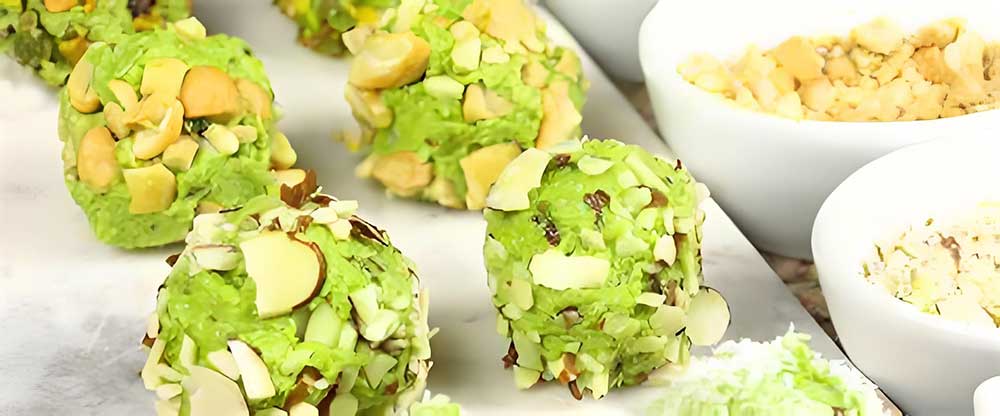
Try this simple no-cook recipe for matcha energy balls: Combine natural, unsalted, chunky peanut butter with ground flaxseed, dried apricots, amber honey, and matcha to taste. Roll out balls on parchment paper and refrigerate for a healthy, high-energy snack.
Additional Tips for Enjoying Matcha
- Even a simple stir-fry, oatmeal, dip, or ice cream is better with matcha added due to its umami flavor.
- Matcha is high in caffeine (even more than coffee and other green or black teas), so consume it wisely.
- Matcha is best enjoyed without dairy-based milk, as it may lower its antioxidant benefits.
“Matcha is one of the most versatile flavors out there and adds a pleasant flavor to pretty much anything it goes into,” Zumpano says. “That means you can add its health benefits daily to your diet in so many ways.”


